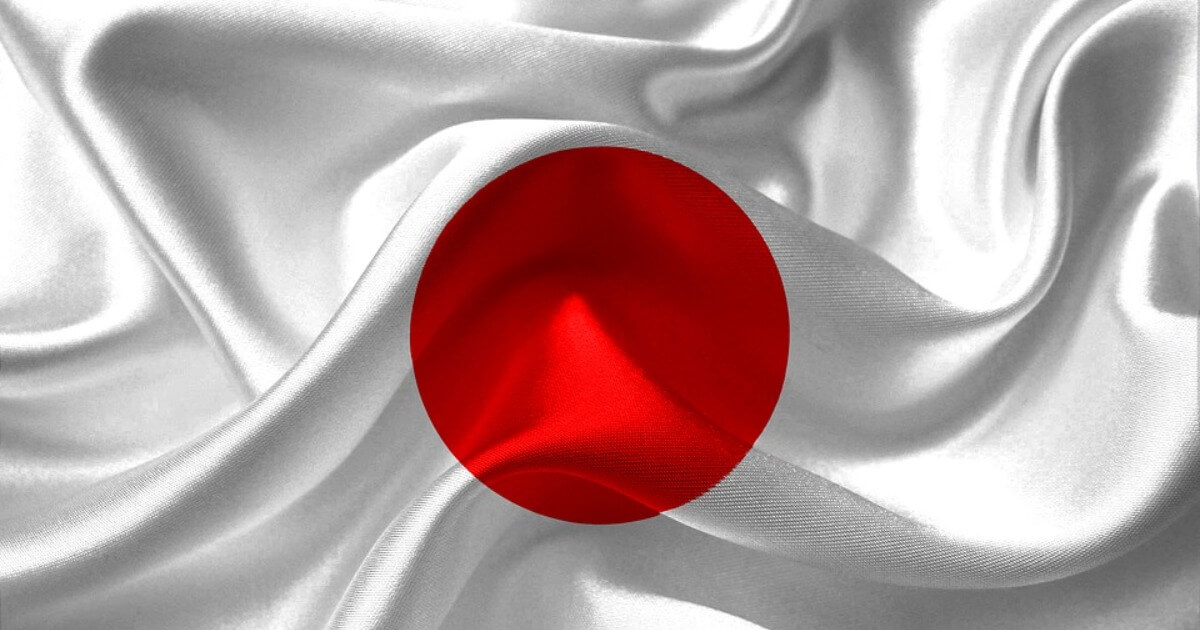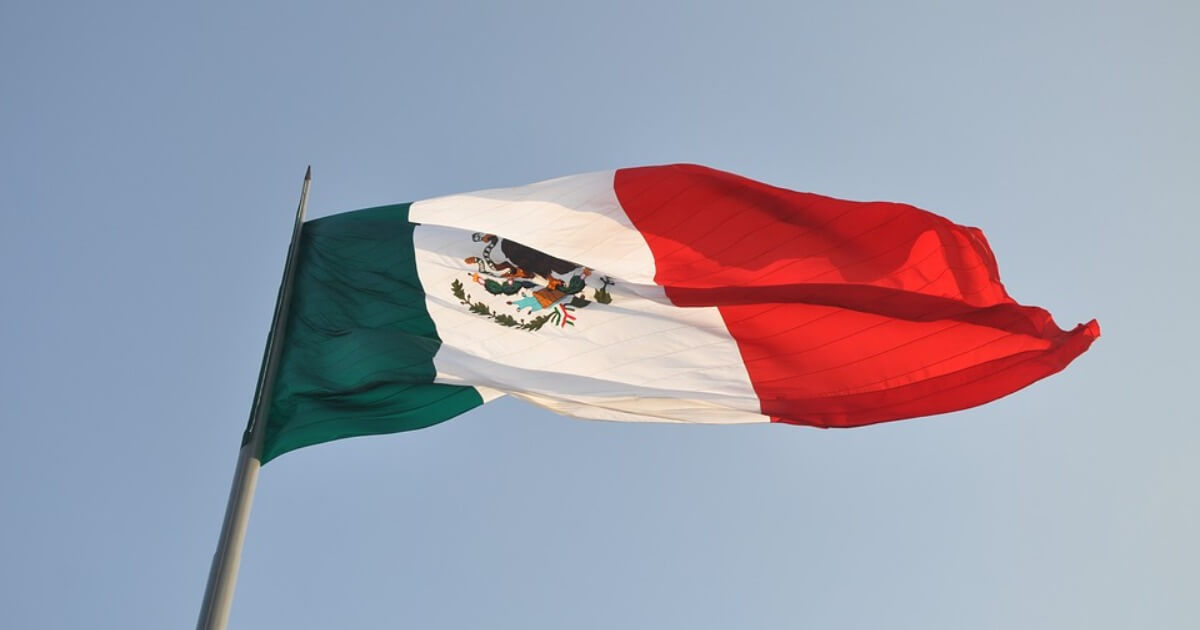Japan: To Mask or Not to Mask?
Japan’s long history of mask-wearing may be the global future.
June 12, 2021

As the pandemic wanes in some parts of the world, to mask or not to mask is the question du jour.
There are those who can’t wait to get rid of their facial coverings and others who plan to make the wearing of masks a permanent part of their outfits.
In much of East Asia, and especially in Japan, wide-spread masking is not a new phenomenon. Long before “coronavirus” became a standard part of the global lexicon, rows of masked commuters in Tokyo’s metro were already a standard sight.
Masks: Accoutrement à la mode
While the rest of the world dabbled in asymmetrical earrings and oversized handbags, in Japan facemasks have been an accoutrement à la mode for years.
I experienced this first-hand when I moved to Japan in 2016. Shops stocked a wide range of masks, including some with special features that reduced ultraviolet rays or prevented glasses from fogging.
In 2017, Japan produced approximately 5.3 billion facemasks, up from 1.8 billion in 2008, according to Statista.
Duty to family, community and nation
What lies behind this tradition of mask mindedness in Japan? The obvious answer is that in Japan the public has long had a heightened awareness and concern for health and hygiene.
Those with colds and coughs wore them so as not to infect others. Healthy people wore them so as to lessen their chances of being infected by the sick.
The normalization of this circle of mutual respect is something that Western cultures are still struggling with today, over a year after the onset of the COVID pandemic.
An economic duty
Moreover, the practice of mask-wearing in Japan is not just premised on the individual’s duty to protect family and community. Or even a general sentiment of respect for the health of others.
It is also associated with helping the national economy – by reducing levels of sick leave from work.
Avoiding small talk
There are other, more sociologically minded explanations as well. These center on the desire among many Japanese to minimize social interaction.
A mask makes the wearer “invisible,” less likely to be noticed or talked to.
Chequered history
But, the history of mask wearing in Japan is longer and more multifaceted than these quick explanations.
It traverses a century worth of past pandemics, natural disasters, air pollution, new kinds of flora, allergies and technology.
Historical antecedents
A massive outbreak of influenza, globally dubbed the Spanish Flu, in the early years of the 20th century first kicked off the custom of covering the face with scarves. At the time, free masks were provided to those who could not afford them.
Much like today, wearing masks was made mandatory in buses and public spaces like theatres.
And during the Great Kanto Earthquake of 1923, after a massive fire filled the sky of the capital with smoke and ash for weeks, face masks became a typical sight on the streets of Tokyo and Yokohama.
Cedars, industrialization and pollen allergies
In the 1950s, Japan’s rapid post-war industrialization caused rampant air pollution. A concomitant effect was the spread of the pollen-rich Japanese cedar tree.
Cedar trees started flourishing as ambient levels of carbon dioxide increased. Large parts of the population subsequently developed allergic reactions to the pollen emitted by these trees. Mask-wearing helped to lessen symptoms.
Coronavirus 1.0
In 2003, the SARS coronavirus scare once again caused a spike in mask wearing in Japan. A new technological innovation popularized a type of non-woven material for masks.
These types of masks have been demonstrated to be more effective at blocking the spread of coronaviruses, including COVID 19, via airborne respiratory droplets than other commonly available varieties.
Fighting pandemics: Japan’s “super” power?
Long before COVID-19 began its global rampage, social distancing and washing hands were already Japan’s super power.
Fast forwarding to the present, Japan does seem to have weathered the pandemic better than many other nations. This despite its aging demographic, proximity to China, early exposure to the virus and density of population (the greater Tokyo metropolitan area is home to over 38 million people).
Lower mortality
Japan had suffered an average of 107 deaths per million people because of COVID-19, as of June 7, 2021.
The equivalent number for the United Kingdom, by way of comparison, was 1,908 deaths per million inhabitants.
Masking up: Crucial ingredient
Speculation about the reasons for the relatively limited number of cases and deaths in Japan has included epidemiological and climatic factors.
But the nation’s mask-wearing habit is at least one crucial part of the puzzle.
Conclusion
The question is whether the rest of the world will be inclined to take a leaf from Japan’s book and adopt mask-wearing as a norm.
Recent indications in the United States, for example, lead one to believe this will not be the case.
In most Western societies, the majority of people continue to equate mask wearing with an unacceptable limitation of personal freedom.
It looks likely that by next year the face coverings that have dominated social interactions around the globe since early 2020 will be consigned to the dustbin.
And Japan will stand out for being uniquely masked, and epidemiologically healthy, once again.
Takeaways
Wide-spread masking has pre-pandemic precedents in much of East Asia, especially Japan.
Japan and masking: Masked commuters in Tokyo’s metro were already a standard sight long before COVID-19.
Mask-wearing in Japan is less dependent on a pandemic threat and more on the individual’s duty to protect family, community and nation.
In Japan, wearing masks symbolizes respect for other people's health.
The history of mask wearing in Japan traverses a century worth of past pandemics, natural disasters, air pollution, new kinds of flora, allergies and technology.
Wearing a mask makes the wearer “invisible,” less likely to be noticed or talked to. One explanation for their popularity in Japan.
In Japan, mask-wearing is also associated with the endeavor to help the national economy – by reducing levels of sick leave from work.

